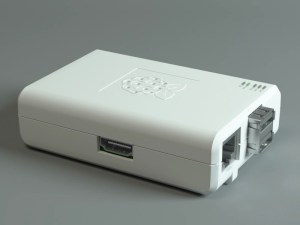Low Cost Power Monitor
Background
Monitoring and control of the electrical grid for the purposes of greatly improving its reliability and efficiency of the electrical system is a major goal of the smart grid and is implemented by two-way digital communication between all parts of the system, from central control down to microgrids and individual loads. The communication is based on established formats (Internet) and standards described in the NIST/EPRI roadmap. Our focus is point-of-load monitoring needed for a complete deployment of the smart grid. Individual loads such as computers, air conditioning, and TV will able to be monitored. While expect that the most immediate opportunities for energy savings are for restaurants, offices and other commercial establishments, but the larger market is for monitoring homes and apartments. This supplements our industrial type power meters (e.g. PM31).
Description
Two low-cost power meters will be developed. The first is capable of monitoring power of multiple circuits at the service entrance of homes or commercial buildings. It utilizes a current sensor clipped onto the current carrying wires (hot leads) inside the electrical service panel. Electronics provide signal processing for multiple channels and a wireless link to the Internet. A future application incorporates the current sensors directly into the service panel for smart grid compatibility.
Brief Description of Non-contact Power Meter
A wireless power meter with data logging capability is being developed at Esensors. This thin non-contact power meter is slipped onto the plug for the appliance or other electrical load being monitored. It utilizes a small, low-cost current sensor (patent pending) and an E-field voltage sensor. The logged data is read and analyzed by a smart phone or tablet via Bluetooth. It is deal for monitoring usage of a TV, video game or PC and also is valuable for establishing energy usage of appliances, including phantom loads.
Current Sensor
A key feature of these meters is our patent-pending small, low-cost inductive current sensor (conventional current transformers are relatively large and costly). The sensor output is measured by a conventional metering chip interfaced with a microcontroller which measures current and voltage as well as true power. In addition to standard power parameters (RMS current/voltage, power, power factor), the changes in current are identified and associated with specific loads (air conditioner, dishwasher, etc). The processed data is sent to the Internet and mobile devices via a Bluetooth/Zigbee wireless transceiver.



